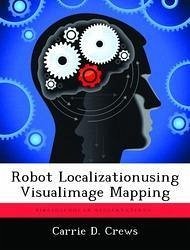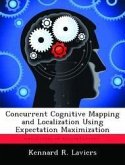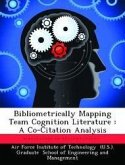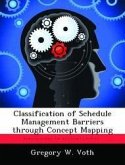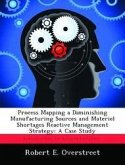One critical step in providing the Air Force the capability to explore unknown environments is for an autonomous agent to determine its location. The calculation of the robot's pose is an optimization problem making use of the robot's internal navigation sensors and data fusion of range sensor readings in calculating the most likely pose. This data fusion process requires the simultaneous generation of a map which the autonomous vehicle can then use for obstacle avoidance, communication with other agents in the same environment, and target location. Our solution entails mounting a Class 1 laser to an ERS-7 AIBO. The laser projects a horizontal line on obstacles in the AIBO camera's field of view. Range readings are determined by capturing and processing multiple image frames, resolving the laser line to the horizon, and extracting distance information to each obstacle. This range data is then used in conjunction with mapping and localization software to accurately navigate the AIBO.
Hinweis: Dieser Artikel kann nur an eine deutsche Lieferadresse ausgeliefert werden.
Hinweis: Dieser Artikel kann nur an eine deutsche Lieferadresse ausgeliefert werden.

